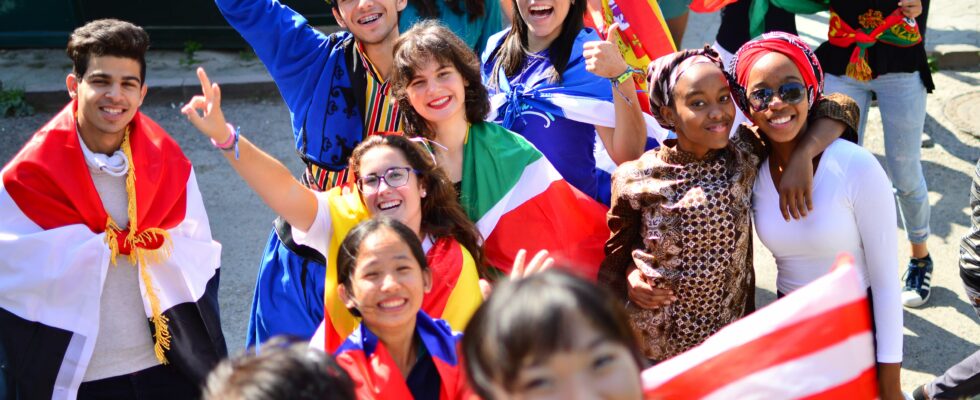What do Japanese astronaut Akihiko Hoshide, Canada’s current Minister of Finance Chrystia Freeland, former Nokia CEO Joma Ollila, and Spanish Crown Princess Leonor have in common? Like 40,000 alumni around the world, they all come from the same school: the United World College. A project born in 1962 in Wales, and designed by German educator Kurt Hahn, who took refuge in England to escape the anti-Semitic laws of Nazi Germany. The education expert, who had previously founded the famous Gordonstoun College in Scotland, where the current King of England studied, laid the foundations of an ambitious utopian pedagogy in the midst of the Cold War, convinced that by confronting generations of students with differences, he would train future leaders capable of understanding each other and preventing the return of deadly conflicts.
If the recipe was not enough to ward off war, it has nevertheless continued and expanded. After Wales, UWC opened a school in Canada in 1974, in Singapore in 1975, in Swaziland in 1981. There are now 14 of them spread across four continents. None of which are in France, where the network would like to set up since 2017 – it seems that its singularity gives a hard time to the tried and tested formats of the National Education even though schooling there does not cost a cent of public money. The French committee receives nearly 200 applications each year for 15 available places – compared to five times more candidates in Germany – and the new selection campaign begins at the beginning of October.
“Money should not be an obstacle, more than 86% of our students are scholarship holders, explains Béatrice Trébaol, from the organization’s French Committee, a good file does not simply include good grades, it reveals above all a curious and motivated temperament.” To apply, you must be sixteen years old, the school only exists for the last two years of schooling, i.e. the first and final years, a course concluded by obtaining an “International Baccalaureate”, the key to accessing the 95 major American partner universities, where a third of the students then study, again benefiting from a scholarship offer.
A subtle blend
“We choose profiles for their community involvement, we are looking for young people who want to change the world,” summarizes Béatrice Trebaol. In addition to the academic curriculum, taught in English, the students will have to devote a third of their time to social, charitable and cultural activities. In India, the children give swimming and cycling lessons to women from neighboring villages, in Mostar, they help in a refugee camp, in New Mexico, they teach in a juvenile prison, in Costa Rica, they care for turtles and train in sea rescue in Wales. But above all, they live together and have not chosen the country in which they will be educated for two years.
In each class, between eighty and one hundred nationalities coexist, a subtle mix that requires everyone to meet. If the school curriculum is easy to construct for scientific subjects, it requires more inventiveness when it comes, for example, to teaching the Second World War to a class where Yemeni, German, Senegalese, American or Singaporean teenagers sit side by side. The same goes for literature. “Our teachers start with the children’s knowledge, they compare their knowledge, their feelings, and they construct the teaching together.”
The student chooses from thirty subjects divided into six blocks. Another unique feature: each class has 5% of refugee or displaced students whose entire costs are covered by the network, and 30% of those enrolled who do not pay any tuition fees, the others contribute according to family means. “We only look at the financial situation of the families once the profile has been selected,” adds the UWC representative, “each class reflects a great social diversity.” The kind that allows an astronaut, a CEO of mobile telephony and a Spanish princess to have been to the same school.
.
